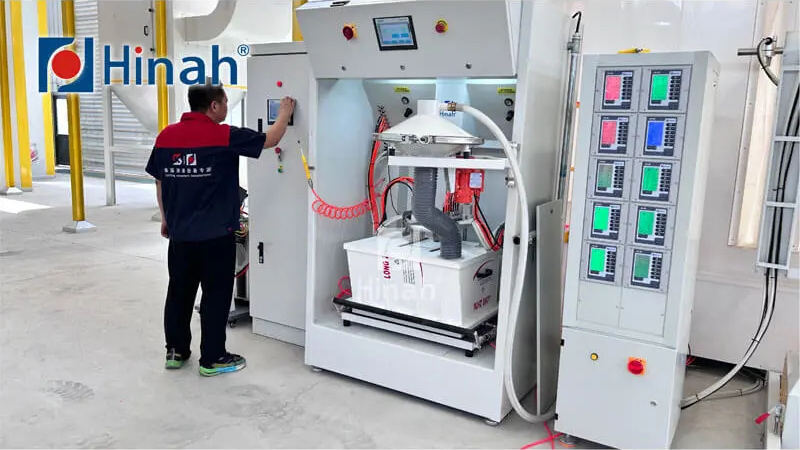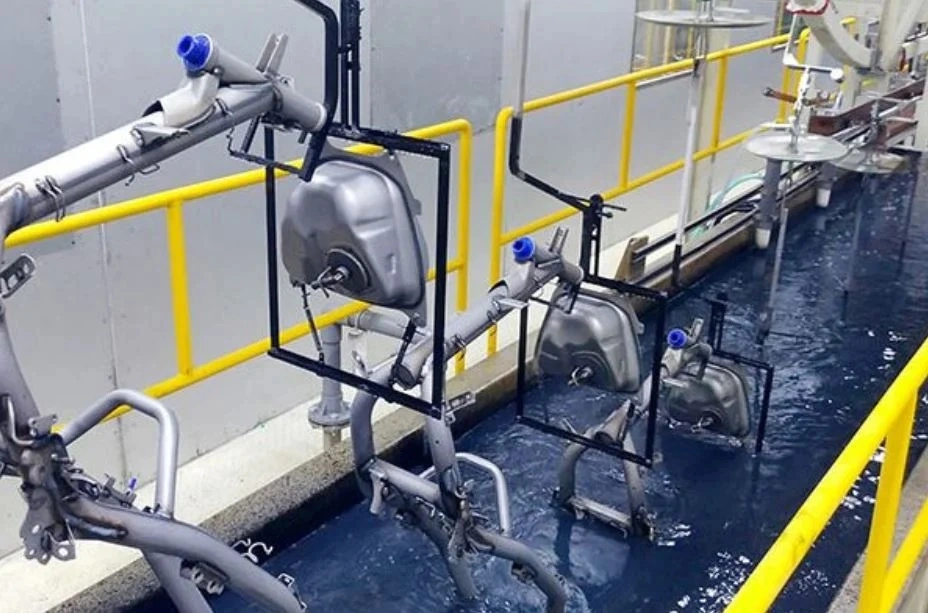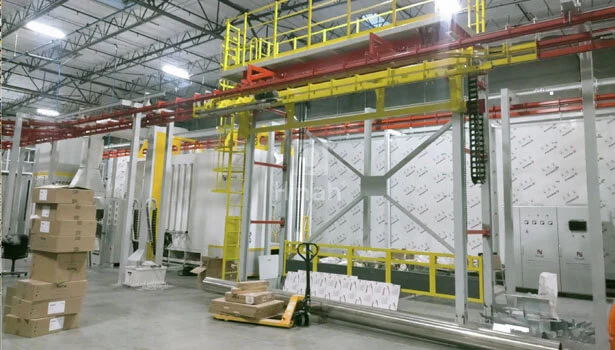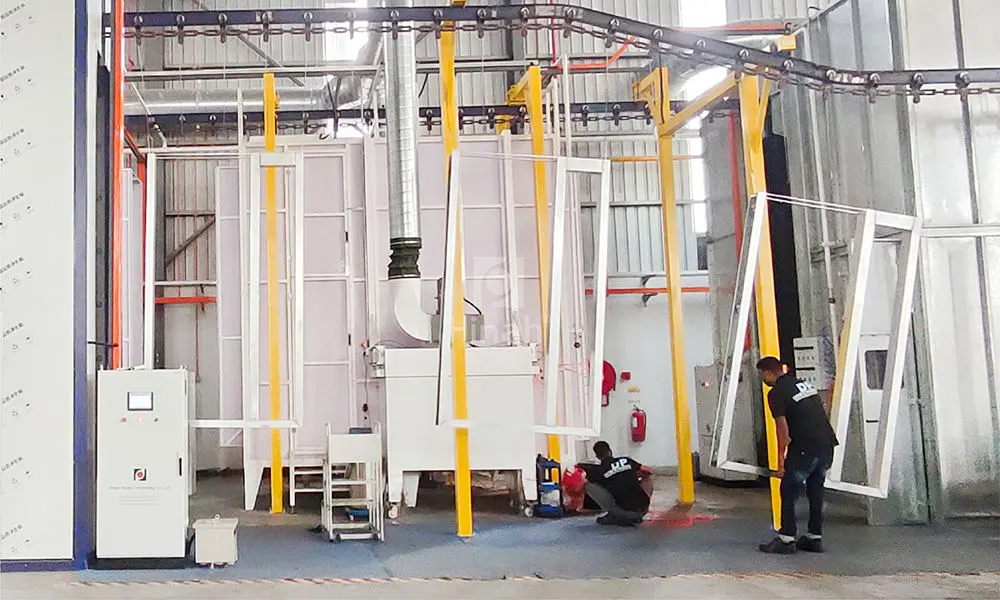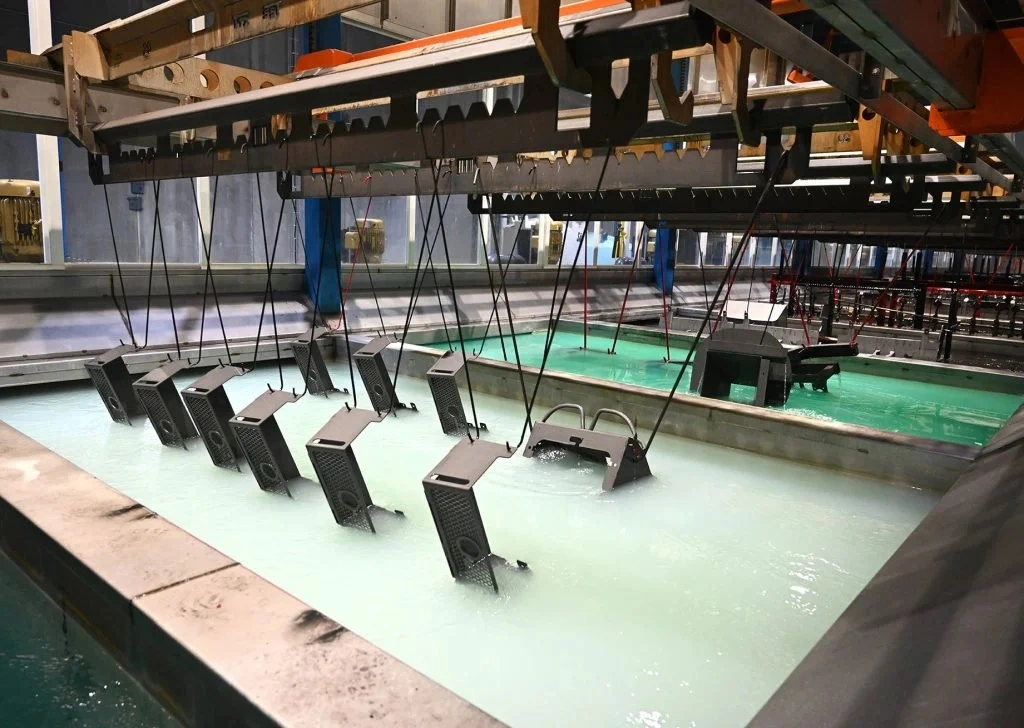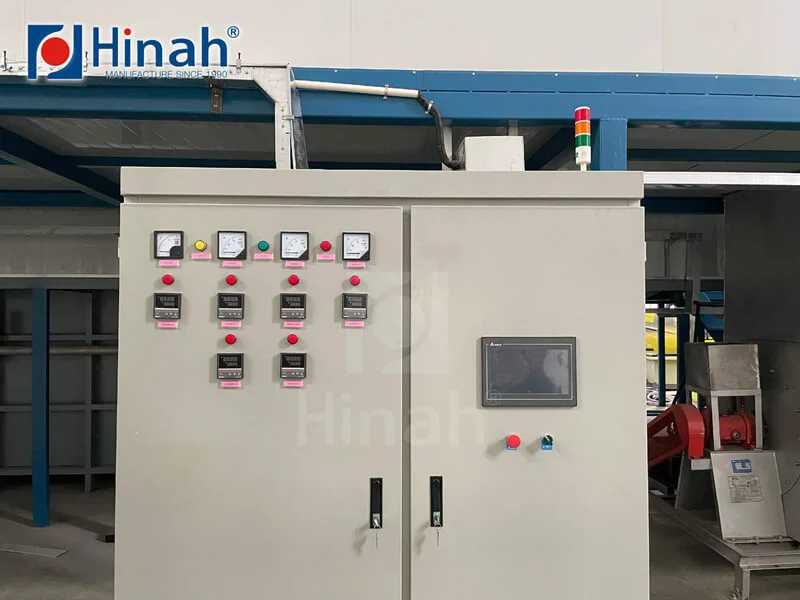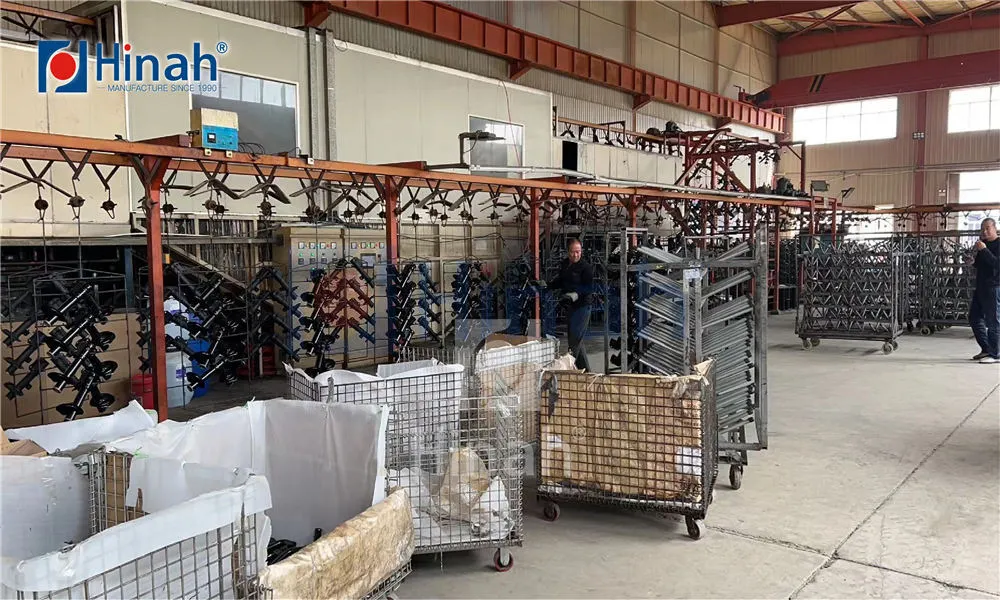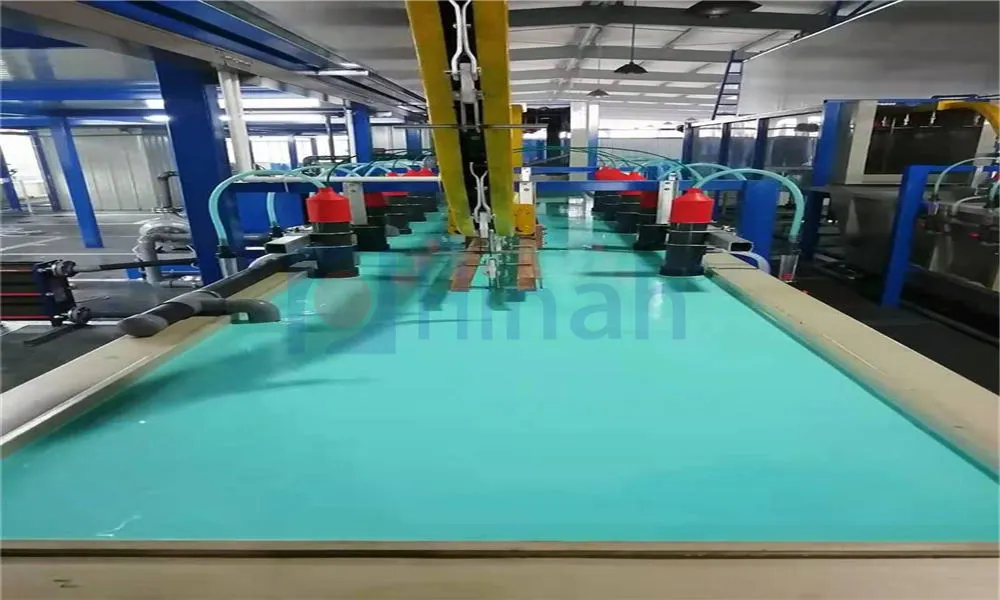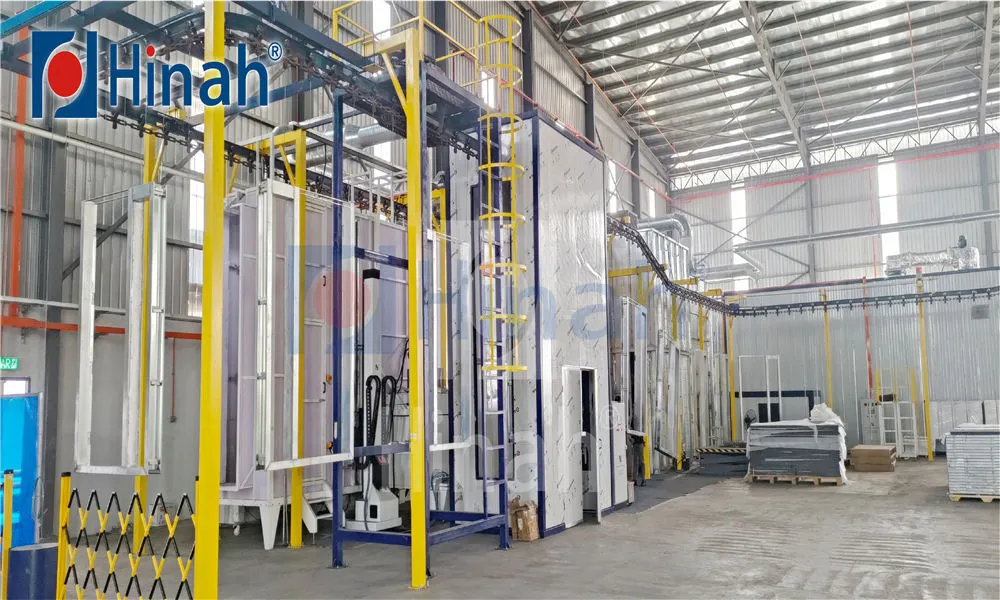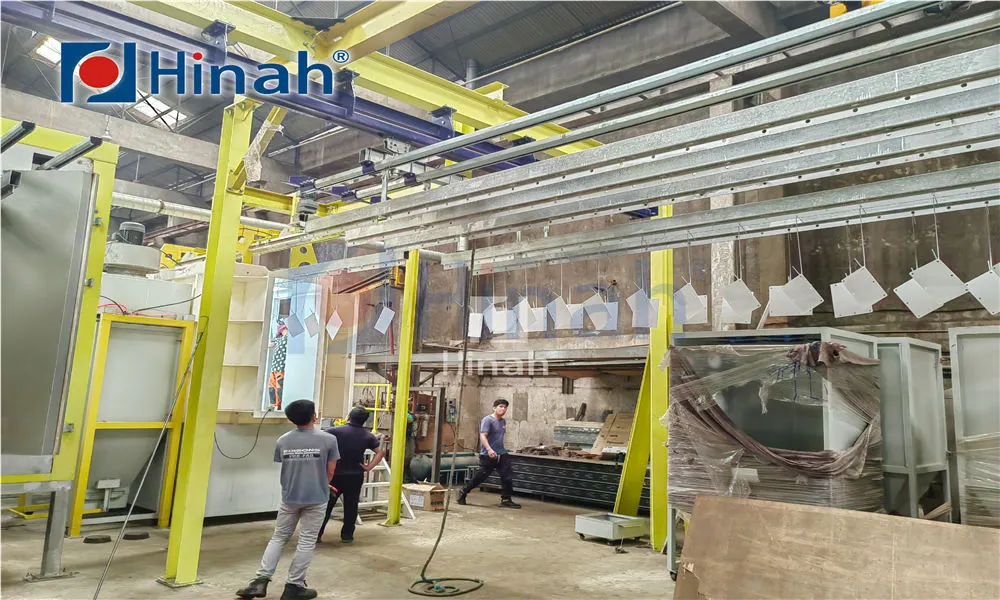Curing ovens are an indispensable component in many industrial finishing processes. These ovens are designed to heat coatings, causing them to dry, harden, and adhere to a substrate, a process known as curing. Whether you're involved in manufacturing, automotive, or furniture production, understanding the different types of curing ovens and their applications is crucial for achieving a high-quality, durable finish. This article delves into the world of powder paint curing ovens, powder coating curing oven systems, and more, exploring their functions, benefits, and the common challenges operators face.
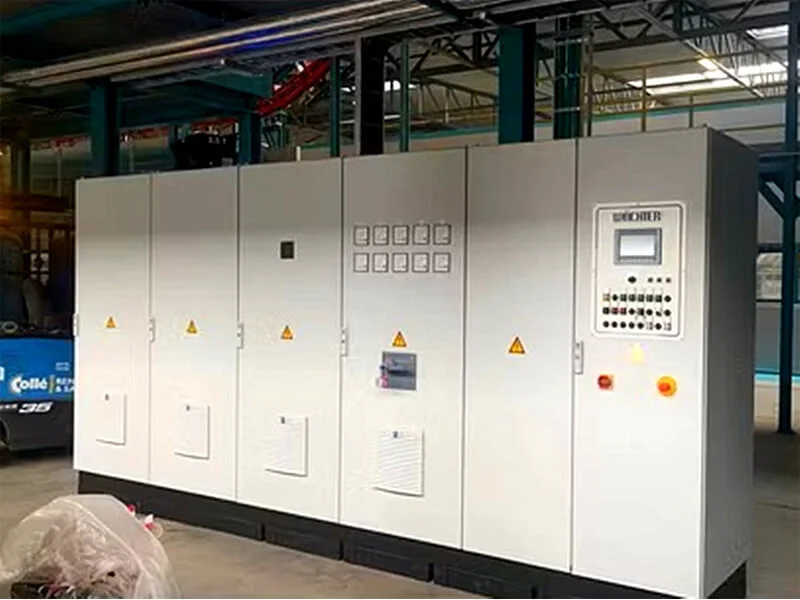
What is a Curing Oven and How Does It Work?
At its core, a paint curing oven is a heated enclosure used to accelerate the chemical cross-linking reaction of a coating. The process involves applying controlled heat to a coated object for a specific amount of time. For powder coatings, this heat causes the finely ground particles of resin and pigment to melt, flow together, and then chemically cross-link to form a hard, smooth, and durable finish. The key parameters in any curing process are time and temperature. Every coating material has a specific curing window, and deviating from it can lead to significant quality issues. An industrial curing oven is engineered to provide a consistent and uniform thermal environment to ensure every part receives the exact heat treatment required for optimal performance.
Different Types of Curing Ovens: Finding the Right Fit
The specific needs of an operation often dictate the type of curing oven required. Here, we explore the most common configurations.
Batch Ovens
Batch ovens, also known as cabinet or walk-in ovens, are ideal for low-to-medium volume production or for curing large, individual items. Parts are loaded into the oven, the cure cycle is run, and the parts are unloaded after cooling. They offer great flexibility for shops that work with a variety of part sizes and coatings.
Conveyor Curing Oven Systems
For high-volume, continuous production lines, a conveyor curing oven is the standard solution. Parts are loaded onto a conveyor system—which can be overhead, belt, or roller-based—that moves them through the oven at a controlled speed. This ensures a consistent dwell time inside the heating zones. The integration of a conveyor curing oven into a powder coating line creates a seamless process from pretreatment and application to curing and cooling, maximizing efficiency and throughput.
The Heart of the Finish: Powder Paint Curing Ovens
Powder paint curing ovens are specifically designed to handle the unique requirements of the powder coating process. Unlike liquid paints that simply dry through solvent evaporation, powder coatings undergo a more complex melt, flow, and cure phase. The efficiency of a powder coating curing oven directly impacts the final product's appearance, mechanical properties, and corrosion resistance.
These ovens must achieve a sufficiently high temperature to ensure the powder particles fully melt and cross-link. Common temperatures range from 300°F to 450°F (150°C to 230°C). The even distribution of heat is paramount; hot or cold spots can cause incomplete curing, leading to a finish that is soft, sticky, or prone to chipping. Proper airflow design within the powder paint curing ovens is critical to prevent this and ensure a uniform temperature throughout the oven chamber.
Industrial Curing Oven Applications Beyond Powder Coating
While closely associated with powder coating, the use of industrial curing oven systems extends far beyond. Their ability to provide controlled heat makes them valuable in numerous sectors:
Composite Curing: Used to cure and consolidate materials like fiberglass and carbon fiber reinforced polymers.
Adhesive Curing: Speeding up the setting and strengthening of adhesives and sealants in assembly processes.
Preheating and Drying: Preparing metal substrates before coating or removing moisture.
Electronic Component Curing: Curing protective conformal coatings on circuit boards.
Rubber and Plastic Vulcanization: Applying heat to set the properties of elastomeric materials.
In each application, the industrial curing oven is tailored to the specific thermal profile needed for the materials involved.
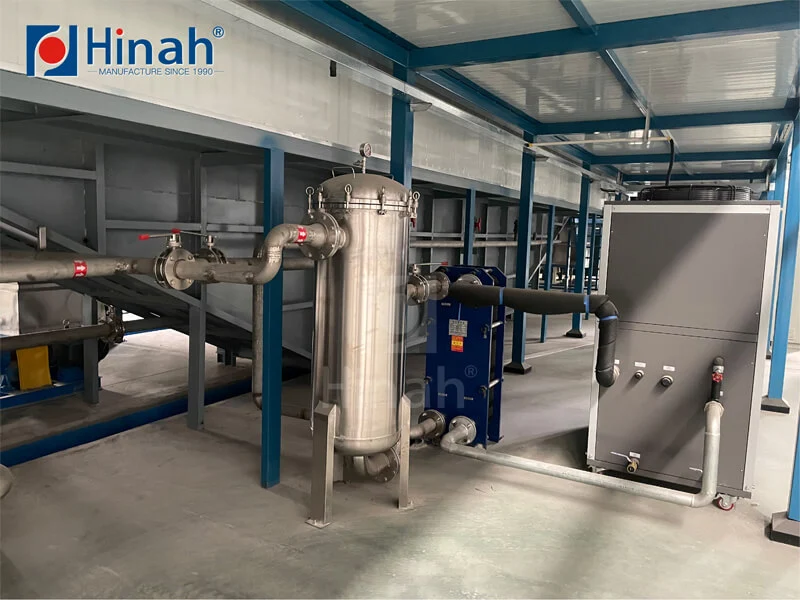
Common Problems and Solutions with Curing Ovens
Even the best-designed systems can encounter issues. Recognizing and addressing these common problems is key to maintaining quality and efficiency.
1. Incomplete or Non-Uniform Curing
This is one of the most frequent complaints and often manifests as a soft, tacky, or easily marred surface.
Causes:
Insufficient Temperature: The oven thermostat may be miscalibrated, or the heating elements could be failing.
Inadequate Dwell Time: The conveyor speed may be set too fast, not allowing parts enough time in the heat.
Poor Airflow: Blocked filters, malfunctioning fans, or poor oven design can create cold spots where parts don't reach the required cure temperature.
Overloading: Placing too many parts or parts that are too large too close together can obstruct airflow and heat circulation.
Solutions:
Regularly verify oven temperature with independent calibrated thermometers.
Check and calibrate conveyor speed settings.
Implement a preventive maintenance schedule to clean filters, check fan motors, and ensure airflow baffles are correctly adjusted.
Follow the oven manufacturer's guidelines for loading density.
2. Excessive Energy Consumption
Curing ovens, especially large industrial curing oven installations, are significant energy users.
Causes:
Heat Loss: Poor insulation, leaky oven seals, or constantly opened doors allow heat to escape, forcing the heating system to work overtime.
Inefficient Burners or Heaters: Old or poorly maintained heating systems operate less efficiently.
Lack of Exhaust Air Management: Exhausting too much heated air wastes energy.
Solutions:
Regularly inspect and replace door seals and repair any damaged insulation.
Upgrade to more energy-efficient heating systems or incorporate heat recovery systems to capture waste heat from the exhaust stack.
Optimize exhaust rates to the minimum required for removing volatiles and maintaining a safe environment.
3. Contamination in the Finish (Dirt, Dust, Overspray)
Foreign particles embedded in the cured finish ruin its appearance and protection.
Causes:
Dirty Oven Environment: Overspray from previous cycles, dust, and debris accumulate inside the oven and can fall onto parts.
Contaminated Air Supply: The oven's air intake may be pulling in dirty air from the shop environment.
Failing Filters: Air recirculation filters are clogged or absent.
Solutions:
Establish a strict and regular oven cleaning protocol to remove built-up overspray and debris.
Ensure the oven's air intake is located in a clean area or is properly filtered.
Check and replace internal air filters according to the manufacturer's schedule.
4. Overcuring
Applying too much heat for too long can be just as detrimental as undercuring.
Causes:
Excessive Temperature: A faulty control system or sensor.
Excessive Dwell Time: Conveyor speed is too slow.
Solutions:
The results can include discoloration (yellowing), brittleness, loss of gloss, and even damage to the substrate itself. Regular calibration of controls and timers is essential to prevent this.
5. Part Warping or Damage
Some substrates, particularly certain plastics and thin-gauge metals, are sensitive to heat.
Causes:
Too-Rapid Heating: The thermal shock of entering a very hot oven too quickly can cause distortion.
Temperature Exceeds Substrate Limit: The cure temperature is simply too high for the material.
Solutions:
Consider an oven with multiple zones, allowing for a gradual preheat, cure, and cool-down cycle.
Select a coating formula that cures at a lower temperature suitable for the sensitive substrate.
Selecting and Maintaining Your Curing Oven
Choosing the right oven—whether a batch paint curing oven or a massive conveyor curing oven—requires careful consideration of your production volume, part size and material, available space, and energy sources. Partnering with a reputable manufacturer who can help you navigate these choices is invaluable.
Once installed, a rigorous preventive maintenance program is non-negotiable. Daily, weekly, and monthly checks of filters, seals, fans, burners, and control systems will extend the life of your powder coating curing oven, ensure consistent product quality, and maintain operating efficiency, saving you money and downtime in the long run.
In conclusion, from the specialized powder paint curing ovens to the versatile industrial curing oven, these thermal systems are the critical final step in creating a resilient and attractive finish. Understanding their operation and being vigilant about common problems will ensure they continue to perform at their best, batch after batch, day after day.


